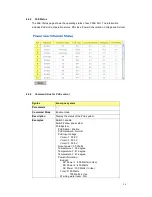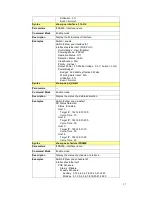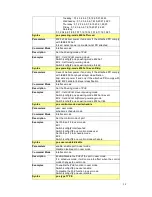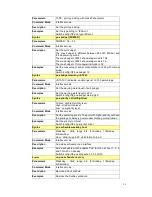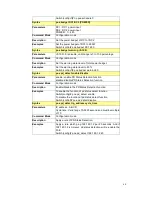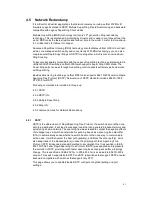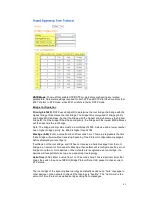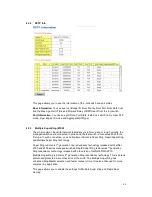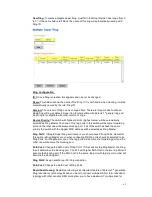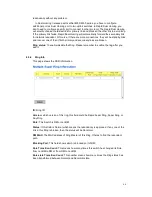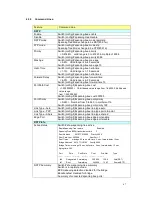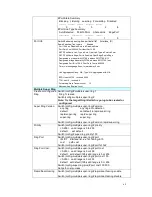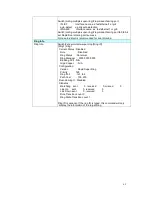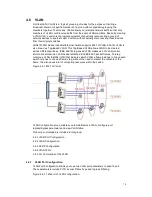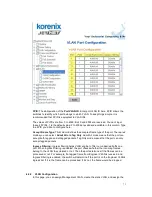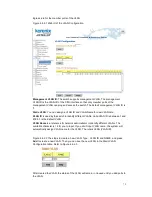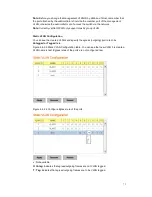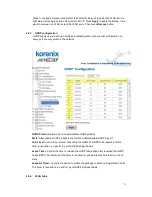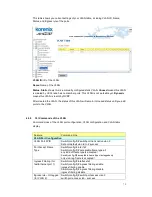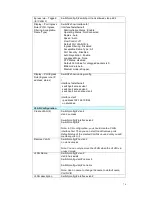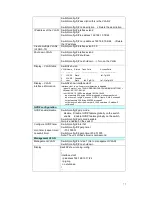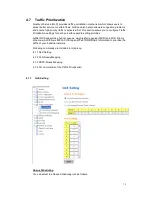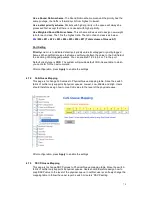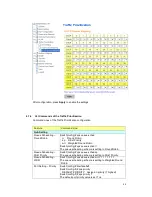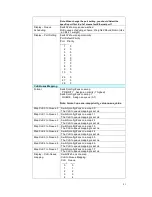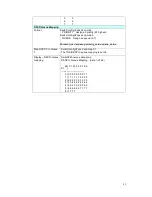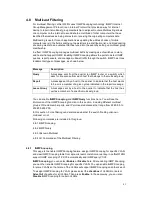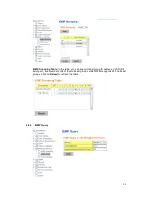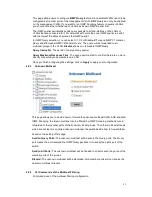
70
4.6 VLAN
A Virtual LAN (VLAN) is a “logical” grouping of nodes for the purpose of limiting a
broadcast domain to specific members of a group without physically grouping the
members together. That means, VLAN allows you to isolate network traffic so that only
members of VLAN could receive traffic from the same VLAN members. Basically, creating
a VLAN from a switch is the logical equivalent of physically reconnecting a group of
network devices to another Layer 2 switch, without actually disconnecting these devices
from their original switches.
JetNet 5728G Series Industrial Ethernet Switch supports 802.1Q VLAN. 802.1Q VLAN is
also known as Tag-Based VLAN. This Tag-Based VLAN allows VLAN to be created
across different switches. IEEE 802.1Q tag-based VLAN makes use of VLAN control
information stored in a VLAN header attached to IEEE 802.3 packet frames. This tag
contains a VLAN Identifier (VID) that indicates which VLAN a frame belongs to. Since each
switch only has to check a frame’s tag, without the need to dissect the contents of the
frame, this also saves a lot of computing resources within the switch.
Figure 4.6.1 802.1Q VLAN
VLAN Configuration group enables you to Add/Remove VLAN, configure port
Ingress/Egress parameters and view VLAN table.
Following commands are included in this group:
4.6.1 VLAN Port Configuration
4.6.2 VLAN Configuration
4.6.3 GVRP Configuration
4.6.4 VLAN Table
4.6.5 CLI Commands of the VLAN
4.6.1
VLAN Port Configuration
VLAN Port Configuration allows you to set up VLAN port parameters to specific port.
These parameters include PVID, Accept Frame Type and Ingress Filtering.
Figure 4.6.1.1 Web UI of VLAN configuration.

